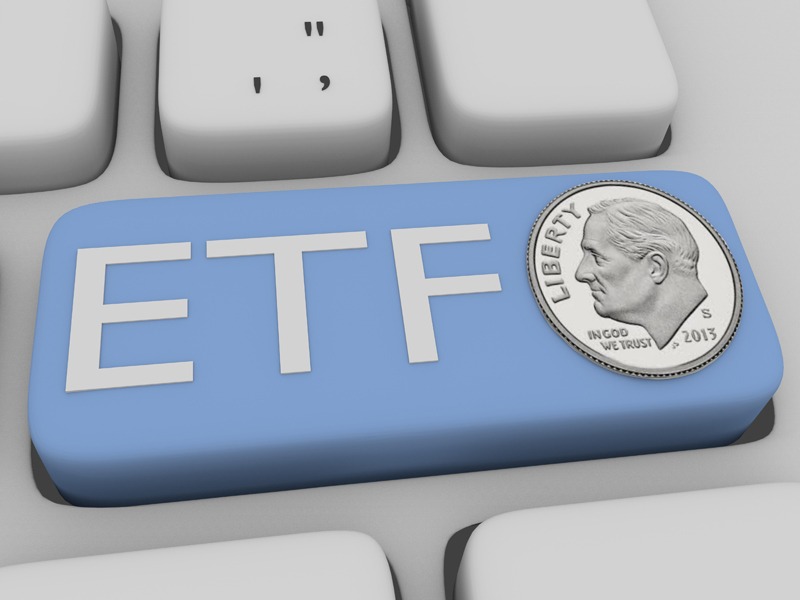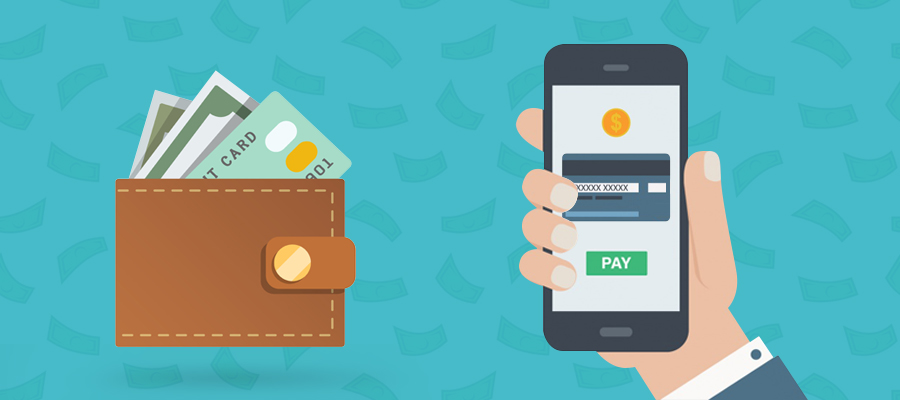
Almost every Indian would know about the sentimental value that precious metals such as gold and silver carry in the country’s culture. Tapping on the continued preference and inclination of Indian investors to invest in these precious metals, the market regulator SEBI, recently allowed mutual fund houses to offer Silver ETFs, just like Gold ETFs.
Buying and holding, or even selling these precious metals, can be difficult. With the introduction of Gold ETFs a few years back, investors found an effective way of gaining exposure to this yellow metal without taking the trouble of handling physical gold. With the launch of Silver ETFs, investors will now have the option to invest in silver too.
Here, we will discuss everything that an investor must know about Silver ETFs to be better prepared before they invest in these avenues.
What are ETFs?
An ETF or exchange-traded fund:
- tracks an index and follows the index composition.
- can be traded / bought and sold on an exchange at any time within trading hours.
- comes with lower expense ratios as compared to other mutual funds.
- can have varying levels of risk.
What are Silver ETFs?
As per SEBI, a Silver ETF is a mutual fund scheme that should invest atleast 95% of their net assets in silver or silver-related securities with the primary underlying product as silver.
There are certain investment restrictions to be followed by these schemes. These are:
- The assets of a silver ETF scheme can be maintained in the custody of a custodian that is registered with the market regulator.
- The funds can only invest in silver or silver-related instruments as per the scheme’s investment objective
- The mutual fund can invest a specified portion of the pooled funds in short-term deposits of scheduled commercial banks.
How does a Silver ETF work?
A silver ETF, or exchange-traded fund, is a type of investment fund that tracks the price of silver and allows investors to invest in silver without owning physical silver. In India, silver ETFs are listed on the National Stock Exchange and the Bombay Stock Exchange. Here’s how they work:
- Investors buy and sell shares of the silver ETF on the stock exchange.
- The ETF owns physical silver that is stored in a vault, and the value of the shares is tied to the price of silver.
- As the price of silver fluctuates, the value of the ETF’s shares will also fluctuate.
- Investors can buy and sell shares of the ETF throughout the trading day, making it a convenient and liquid way to invest in silver.
Top reasons to invest in Silver ETFs
Silver ETFs are all set to be the future of investment for investors who would like to gain exposure to silver. Here are the top reasons to explore Silver ETF investment options:
Advantage over investing in physical silver
By investing in a Silver ETF, one does not have to consider storage of bulky silver commodities, its quality, purity, or worry about liquidating the investment.
Industrial demand for silver
World over, silver demand is slated to rise since there is increasing dependency on this precious metal, especially in futuristic technologies like electric vehicles, 5G telecom, and green energy. With a higher demand expected for this metal, experts suggest that investors must consider silver as a good investment opportunity, especially from a long-term perspective.
Hedge against inflation
Across the globe, silver enjoys high popularity within the precious metal options. This is primarily since silver is believed to be a good hedge against inflation and is not easily impacted by price movements in other asset classes.
Portfolio diversification
Investment in Silver ETFs can act as a good portfolio diversification opportunity with better returns as compared to precious metals like gold, especially noticed during economic revivals. Adding precious metals like silver to one’s portfolio can benefit investors, as silver prices are usually not interlinked with other prices of other securities like stocks and bonds. This reduces the overall portfolio risk.
Professional fund management
Investors can gain exposure to silver through silver ETFs without worrying about portfolio management, as these funds are professionally managed, making them easily accessible and transparent for investors.
Lower expense ratio
Since ETFs adopt a passive investment strategy, the fund manager does not actively select investments for the portfolio composition. This results in lower expenses incurred towards management cost and therefore a lower fund expense ratio charged to investors.
Factors to note before investing in Silver ETFs
Among some of the disadvantages of Silver ETFs, since these are still new to the Indian financial markets, there are higher chances of lower liquidity. This can especially be because of the initial demand and supply conditions. Investors must also note that there are certain costs involved in purchasing an ETF.
Also, as silver finds uses in industrial sector, it is a cyclical metal, which means that the demand for this product moves with the economic cycle. So, in cases of economic downturn, the prices of this metal may move down pretty quickly as industrial demand drops.
Apart from expense ratio, some of the costs include brokerage fees and tracking error. These can contribute to lowering the return on investment for an investor.
Silver ETF launches in India
1. ICICI Prudential Silver ETF
ICICI Prudential Mutual Fund, which is India’s second biggest mutual fund house, has launched the country’s first Silver ETF and .
Investment objective
The scheme aims to invest in silver and generate returns that are commensurate to the performance of physical silver in the Indian market. The scheme also aims to invest in exchange-traded currency derivatives that have silver as the underlying commodity.
How do investors benefit from this scheme
As compared to investing and holding physical silver, investing in this scheme will help investors benefit from gaining exposure to silver in electronic form. This can offer higher liquidity and investors can significantly save on storage costs.
2. Nippon India Silver ETF
Nippon India Mutual Fund, launched its first silver ETF at the start of this year.
Investment objective
The ETF aims to invest in physical silver and silver-related instruments. The scheme’s performance will be benchmarked to the domestic price of silver. This scheme is slated to be the first silver FoF in the Indian mutual fund industry. It will allow investors to invest without a Demat account and also through the Systematic Investment Plans (SIPs) mode.
How do investors benefit from this scheme
Since silver has demonstrated a comparatively low correlation to Indian equity fluctuations, this investment can provide investors an opportunity to diversify their portfolio through asset allocation. Nippon India Silver ETF will offer the benefit of hassle-free silver storage, no fear of theft, easy investment in small denominations, higher liquidity versus holding physical silver and assurance about purity of silver.
3. Aditya Birla Sun Life Silver ETF
Joining the bandwagon of silver ETF launches is Aditya Birla Sunlife Mutual fund. This ETF aims to invest in silver and silver related instruments to generate returns for the investor.
Conclusion
Silver ETFs offer the opportunity to even small investors to participate in silver investment, which would otherwise be difficult considering the high prices of silver as a commodity. Additionally, there are no hindrances like purity issues and holding of physical metal in Silver ETFs. The liquidity levels of Silver ETFs in India may be higher in the future as the demand and supply equation falls into place with a larger investor base.
However, like in the case of any financial product, Silver ETFs, too, are not the one-size-fits-all investment. Therefore, one must carefully evaluate the different merits and costs apart from investment quality of the chosen scheme.
FAQs
Some of the ETFs available for investment in India include, Index fund ETFs, gold ETFs, silver ETFs, bond ETFs, currency ETFs, and Sector ETFs.
While selecting the right ETF for investment, an investor can consider aspects such as the category of the ETF, liquidity levels depending on trading volumes, expense ratio, and tracking error. Apart from this, one must also look at the historical fund performance to make a better investment decision.
Expense ratio is the total expenses incurred by a fund towards administrative, management, and other areas that are passed on to the investors and is deducted from the portfolio returns.
Also known as standard deviation, a tracking error measures the difference between an ETF scheme’s performance and the underlying index that it follows.
More investors prefer ETFs over actively managed mutual funds because of the passive management approach adopted by the former. ETFs involve limited intervention from the fund manager, thereby eliminating human error in investment selection and reduced expense ratios.
Some of the top ETFs are available for investment on the Fisdom app. An investor can easily download and install this free-to-use app on his/her smartphone to begin exploring some of the best ETF options in the market.



























